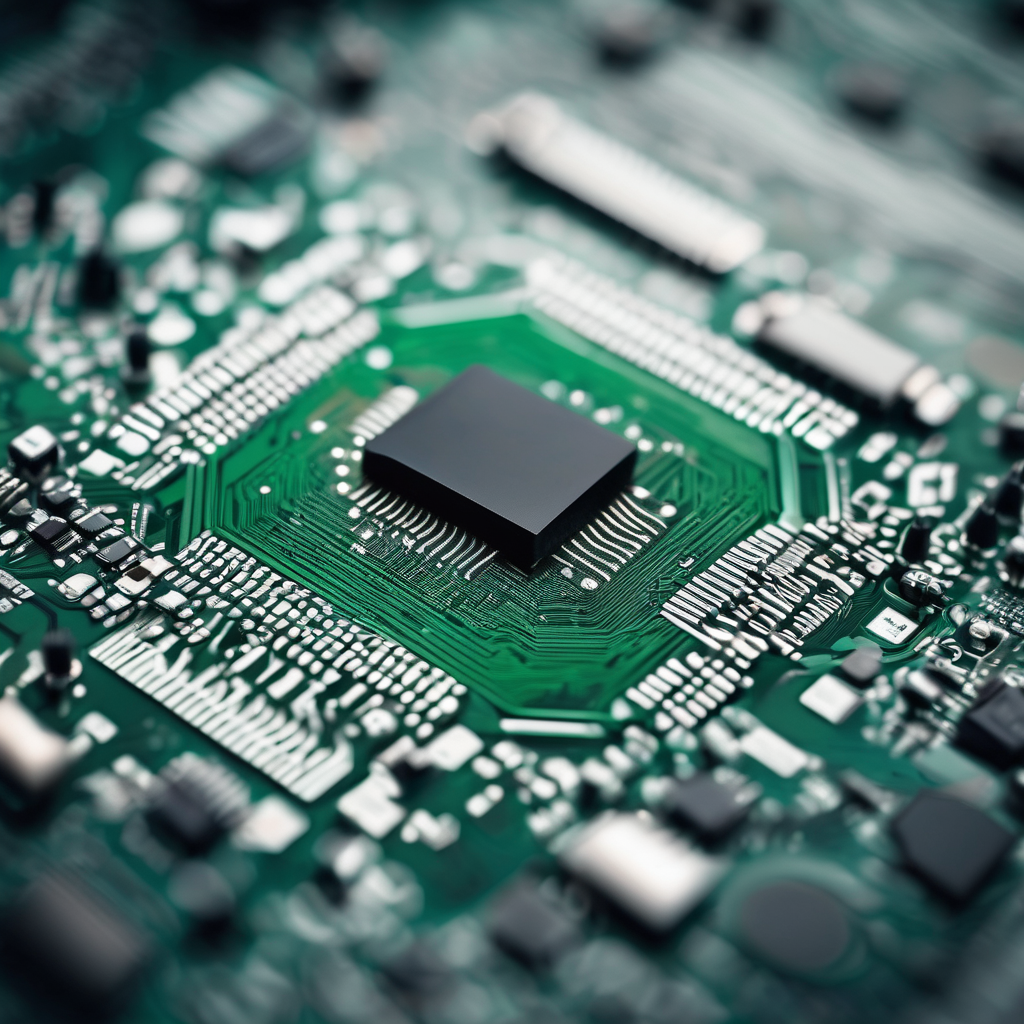Recent advancements in analogue computing are set to revolutionize the way artificial intelligence (AI) models are trained, potentially solving the urgent issue of rising energy consumption in data centers driven by the AI boom. Unlike traditional digital computers, which process data in binary format (0s and 1s), analogue computers utilize continuous data variables, allowing for greater speed and energy efficiency.
Researchers at Peking University, led by Zhong Sun, have developed a novel pair of analogue chips capable of accurately solving matrix equations—crucial for various applications, including telecommunications, large scientific simulations, and AI training. The first chip generates a low-precision solution to complex matrix calculations rapidly, while the second chip employs an iterative refinement algorithm that minimizes error rates significantly. Initial outputs from the first chip show an error rate of about 1 percent, but after three iterative cycles with the second chip, this drops to an impressive 0.0000001 percent, equating to the precision found in standard digital calculations.
Currently, these chips can address matrices of 16 by 16 sizes, involving 256 variables, suitable for solving smaller problems. However, scaling these circuits to tackle the immense demands of contemporary AI models might necessitate matrices as large as one million by one million. One notable advantage of analogue technology is that it can handle larger matrices without increased processing time, contrasting with digital chips that face an exponential increase in computation time with larger data sizes. Interestingly, a 32 by 32 matrix chip could potentially outpace Nvidia’s powerful H100 GPU, a staple in today’s AI training processes.
The prospect of scaling this technology presents exciting possibilities, with theorized throughputs reaching up to 1000 times that of current digital chips while consuming just 1 percent of their energy. However, Sun cautions that the applicability of these chips may be limited to specific matrix computations, and their real-world implementation might differ in terms of efficiency.
Experts, including James Millen from King’s College London, acknowledge the critical role of matrix calculations in AI training and argue that analogue computing could offer vital efficiency improvements. Millen emphasizes that while digital computers are versatile and capable of handling a broad array of tasks, they are not optimized for all computing challenges, making analogue computers a promising alternative for specialized applications.
As research continues, the landscape may shift towards hybrid systems that combine the strengths of both analogue and digital technologies for optimal performance in AI training and other computational tasks, heralding a new era of efficiency and capability in computing.
